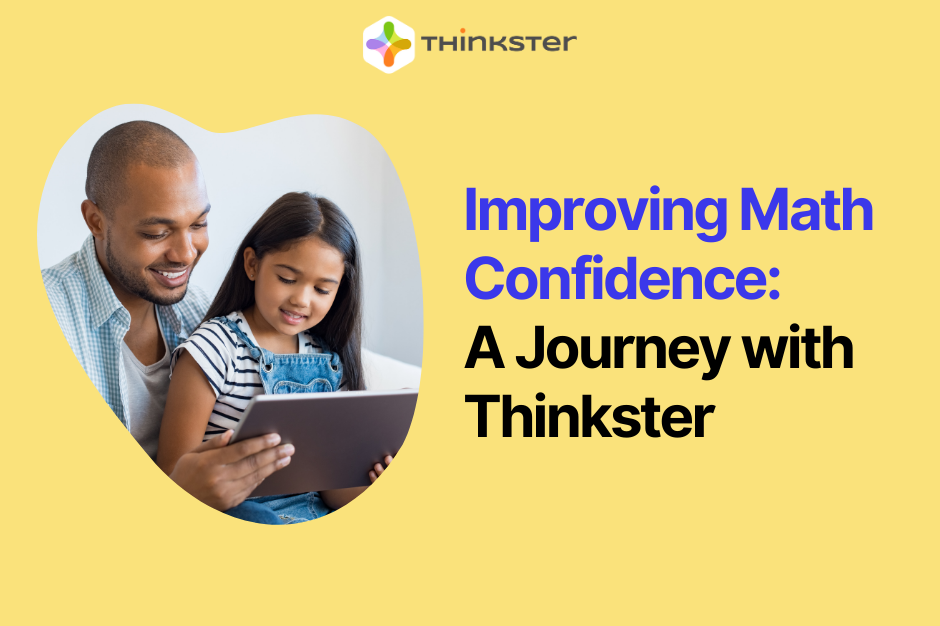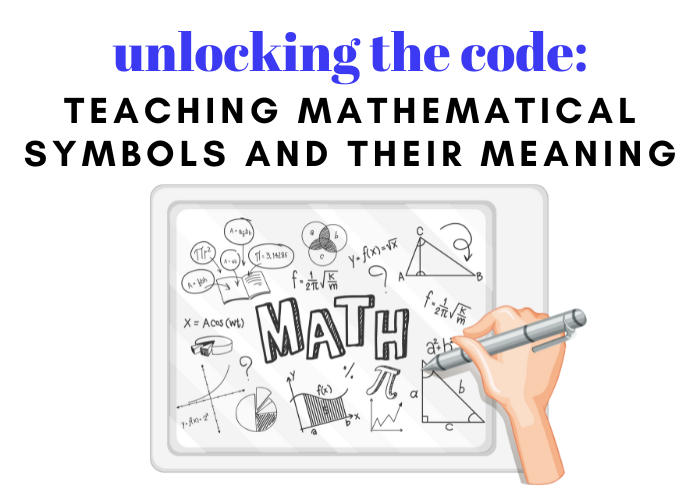
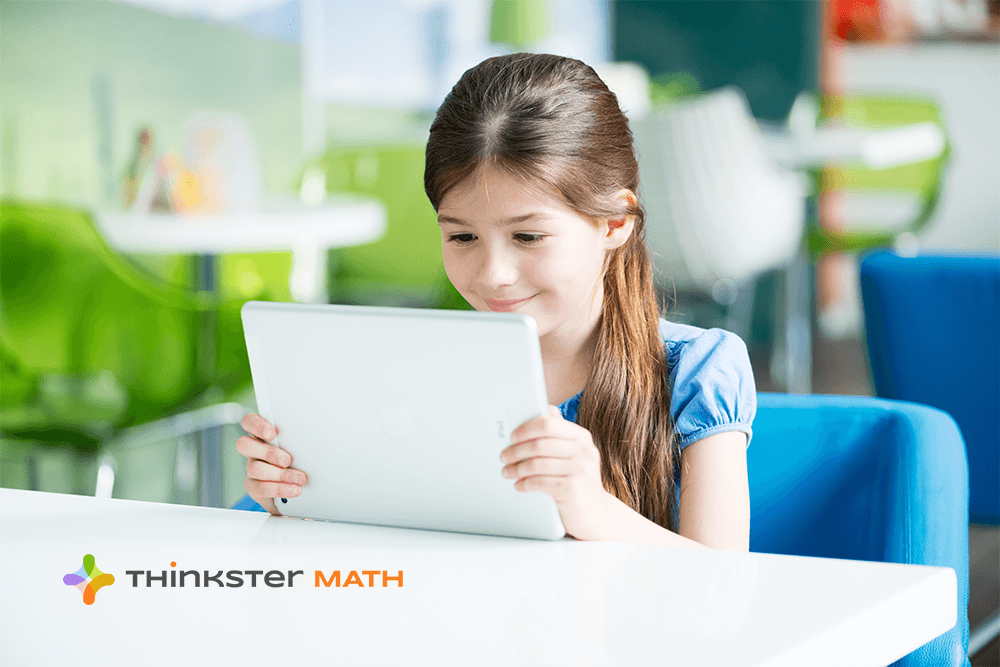
Last Updated on August 31, 2021
How does your child learn best? Does he or she respond most favorably to visual cues? Or, is it easier for your child to see problems written out and solved step-by-step? Knowing whether your child is a kinesthetic, visual, verbal or aural learner is important to educational growth.
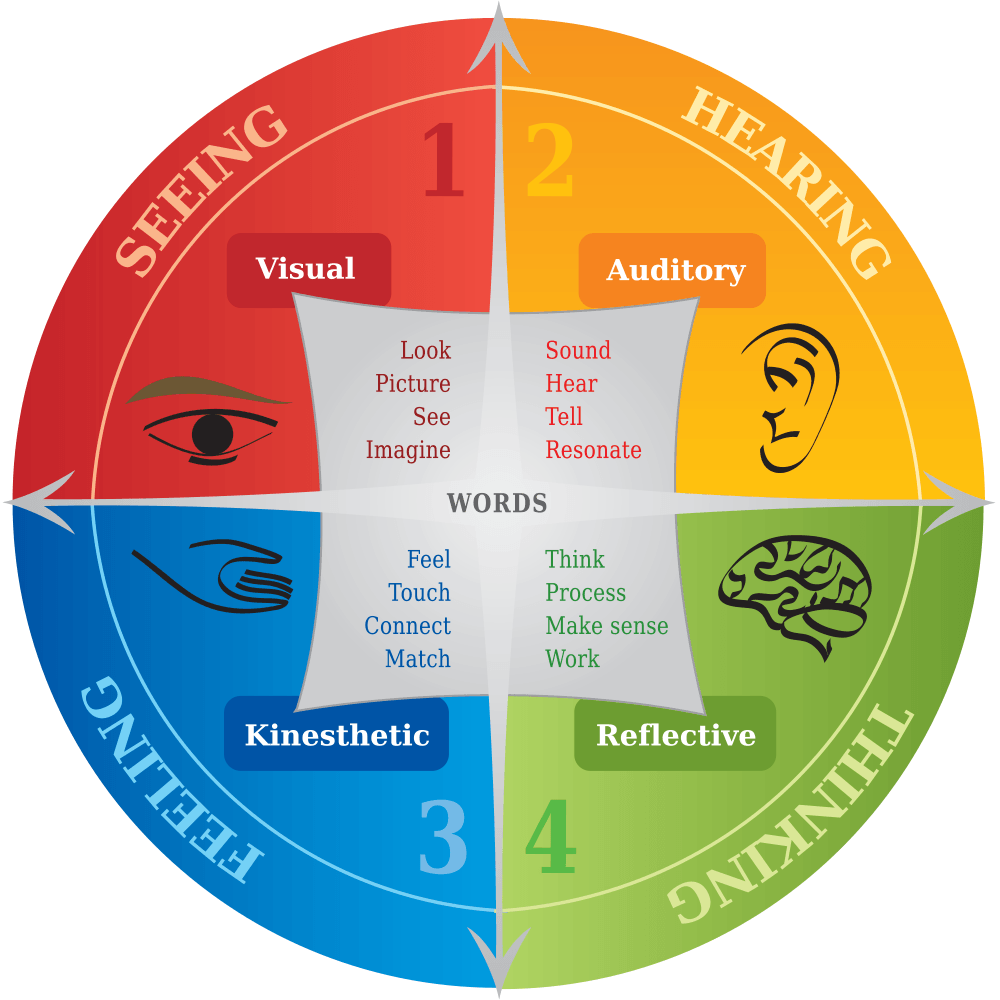
In this article, we’ll review what you, as a parent, need to know about the different learning styles. You will also know how to use this information to help your child improve their math skills and catch up if they’re falling behind, such as by math help apps and working with an online math tutor.
What Parents Need to Know About Learning Styles
First, there is no “correct” learning style. The way a child absorbs information and is able to process it is based on the individual. But if your child’s is facing challenges with math curriculum, a simple solution is an adjustment to how the information is presented.
Not sure where to start? Note how your child responds in other areas of life. Is your child more observant or does he or she like to dive headfirst into a new activity? Does your child appreciate repetition or enjoy being introduced to new things?
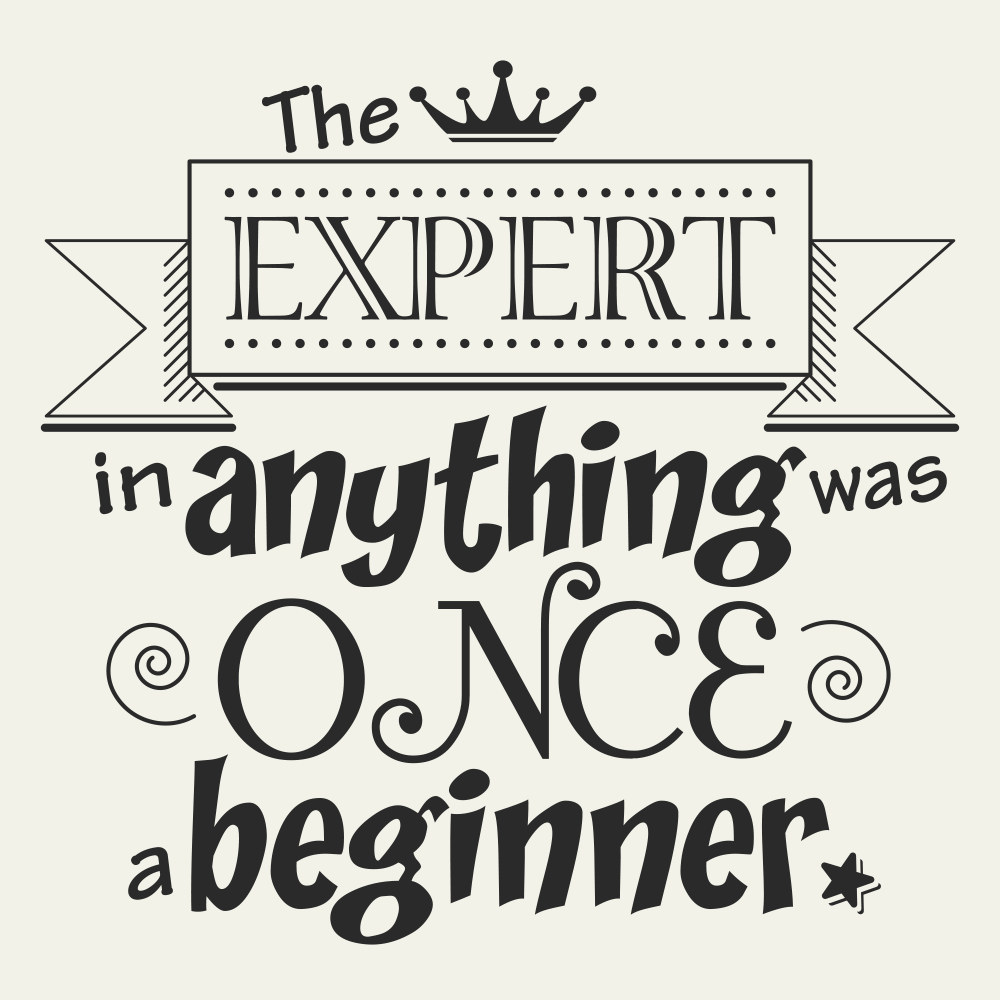
When you test your child’s learning preference, you may notice he or she is drawn to more than one learning style. If this is the case, identify which is most prevalent and adjust the curriculum accordingly. And above all, provide encouragement during the learning process! Some math concepts may be more frustrating than others. But the goal to helping any child is to find out what type of communication will help them the most.
It’s also helpful to show your child how invested you are in their education. Take an active role with homework when possible, and allow your child to walk you through their math problems. Turn addition, subtraction or multiplication tables into a timed race. The more engaged and creative you are when it comes to math homework, the more your child will feel comfortable with their curriculum.
Next, let’s break down the characteristics of each learning style and what makes them tick.
Math and Kinesthetic Learners
Kinesthetic or physical learners prefer physical interaction, so students who respond to this style will learn best through hands-on activities. This may include creating math games and flashcards, taking notes, and taking breaks when studying. Active engagement is the key to those who are kinesthetic learners, as they are less likely to fully retain information by listening only.
Math and Visual Learners
According to several sources, including an article published by Inc., an estimated 65 percent of the population are visual learners. These learners absorb information by seeing, so it’s helpful to use pictures or other colorful, visual aids for students who favor this learning style. You can also try illustrating a direct correlation from a problem to a solution.
Likely, your child falls into this category or responds well to this type of learning. That’s one of the many reasons why math help apps have increased in popularity over the past several years. These apps provide the type of visual learning tools that help children learn best.
Math and Verbal Learners
Students who prefer verbal learning are most comfortable with studying or using words. Common tactics to engage verbal learners include the use of mnemonics, rhymes or word problems. Connect a story to the solution. For example, instead of saying, “What is five minus three?” a verbal learner may better understand, “If Suzy has five apples and gives her friend, Tom three, how many are left?” By adding the story element, it helps the student retain and process the information in a more impactful way.
Math and Aural Learners
Finally, there is the aural learner who learns by sound and music. Jingles or music associations may help students who are aural learners. Watching videos or listening to discussion groups about the subject are also helpful.
How an Online Math Tutor Can Help
Ideally, your student would approach a new lesson or math problem with their learning style in mind. But the reality is this isn’t always possible in the classroom, as teachers are often unable to customize lessons to that extent. This can leave physical learners at a disadvantage if the lesson is presented with a verbal learner in mind and vice versa.
Fortunately, this is where working with a tutor or supplementing your child’s classroom work with additional tools, like a math help app, is crucial.
By tuning into how your child learns, a math tutor can adapt their teaching style. To accommodate visual learners, for example, the use of flowcharts, checklists or flashcards can help with memorization and knowledge retention. If your child is an auditory learner, your tutor may encourage them to talk through a math problem to find the solution.
An online math tutoring program, like Thinkster, can be even more convenient, allowing your child to get math help from the comfort of your home. Students will get the tools they need to work through their different assignments and also receive guidance and support from trained math tutors.
How does it all work?
First, Thinkster starts by assessing your child’s strengths and weaknesses. This helps to design a customized curriculum based on where your child needs the most attention. It also helps to guide where he or she may need a refresher.
After reviewing the assessment together with an academic advisor, your child will be matched to an elite math tutor. The tutor will guide and grade all lessons. By taking a holistic approach to learning, there is a solid plan in place for what your child needs to feel more confident and succeed. It will ensure your child is on track to excel and reach the next levels of learning.
Math Help Apps Contribute Beyond Just Math
Learning math is valuable in many ways. Math contributes to everyday life and has a positive impact in other areas throughout your child’s life. For example, math builds a foundation for good financial health. By understanding the basic concepts of addition and subtraction combined with critical thinking skills, math helps with decisions regarding budgets, paying bills and saving money.
Math also is the basis for many jobs, including accounting, financial officers, engineering and other employment opportunities that require strong math skills. The ability to understand math boosts a child’s ability to analyze and make sense of data. This is a desirable skill set for analysts, web developers, and other roles in the digital industry.
Math application, as you can see, is important to a child’s growth. A study conducted by Ohio State University tested a “math intervention” method to help students feel more comfortable dealing with math applications. The goal: use math to boost other areas of their lives. The lead author of the study reported evidence that suggested, “people who are better with numbers also have a strong understanding of probability and are less influenced by emotions in the moment.”
Math is interwoven throughout a person’s life; if math literacy is strong as a child, it equips the individual to strengthen problem-solving skills and critical thinking. Both of these traits are necessary for nearly every aspect of life.
Learning Is Not One-Size Fits All
Thinkster is a math help app, but it also extends a student’s learning to understand logic, analytical reasoning, critical thinking, and word problems. Coupled with the attention of dedicated math tutors, the program provides a wider scope of learning than its competitors like Kumon or Mathnasium.
Comparisons to IXL Math also demonstrate where Thinkster Math excels. While IXL Math offers a free trial, that’s where the similarities end. Their online math program does not provide the skills assessment and tutor supported plans that are truly customized to your child’s needs and learning style.
Thinkster creates a roadmap for your child’s math learning. We focus on what your child needs, in addition to the next steps to continue advancement to the next level.
Start a Free, 7-Day Thinkster Math Trial
Are you ready for a solution that will have the largest impact for your child? We invite you to try Thinkster for free for seven days! Through our unique approach, students receive the information, resources, and guidance they need to excel. Our math help app and tutoring program allow students to absorb what is being presented and resolve problems through interaction and engagement. And best of all, it’s all customized for your child.
Math apps work for all learning types. The goal is to engage students and provide them direct avenues in which to learn and excel. This not only helps develop your child’s math skills, it highlights problem-solving and critical thinking skills as well. Your child will reap the benefits during their school years and even throughout their careers.
Learning can be fun if you approach it the right way. Start a free trial and see for yourself how well our curriculum works!

